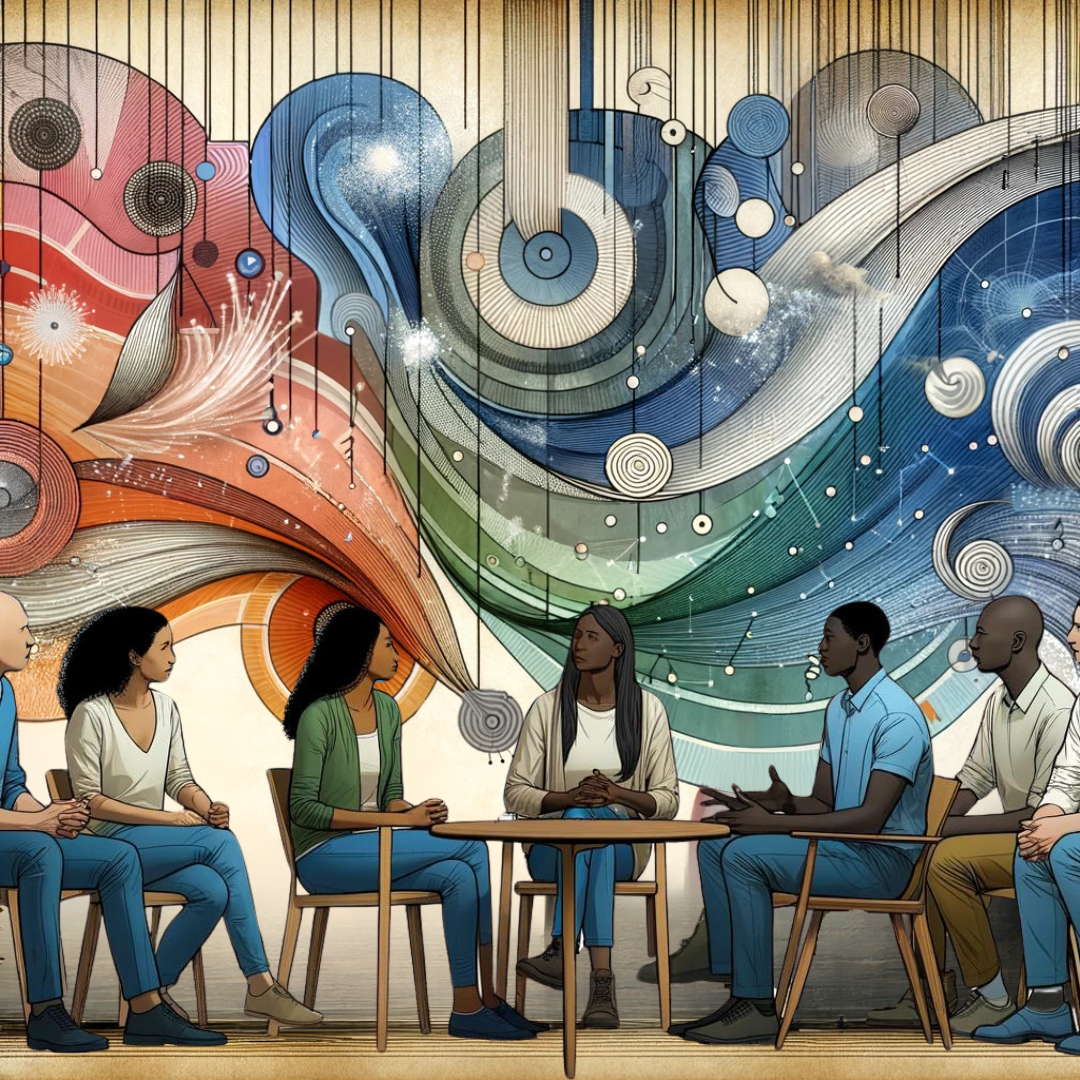Small Wins Data is Street Data
March 25, 2024
By Kippy Smith and Erica Crane
In our conversations with educators, many use the same phrase to describe their school progress data: “It doesn’t capture the full story.”
Not represented are stories about a student taking on leadership roles in the classroom once projects become more connected to the local community, stories about teachers finding better ways to build processes for peer feedback, and stories about restorative justice language and mindsets taking root. When student, family, and educator voices are not included, there are missing pieces to the puzzle that could help schools learn, adjust as they go, and ultimately move closer to their transformational goals for equitable student learning. These voices could illuminate a fuller picture of growth as it happens, and of the promising educator practices that contributed. (The Small Wins Dashboard centers educator experiences and observations in the continuous improvement process.)
When educators have opportunities to contribute to the process of determining what is working and what is not, it can lead to valuable insights and help develop a learning community that better serves all students equitably. Creating equitable schools requires the collective genius of all involved — much of which is held in the experiences and observations of each educator on the team.
Instead of siloed or top-down improvement efforts, teams can work together to define what progress looks like, and how to collaboratively track it along the way. They can define learning itself - adult learning - as progress. There is value in shared reflection about what is happening day to day in relation to strategic goals. Strategic goals don’t come with blueprints. They require an ongoing, inclusive, learning-oriented conversation about how to reach them.
Shane Safir and Jamila Dugan wrote Street Data about the importance of focusing on the stories and information shared by the stakeholders who are closest to the work in educational organizations. This book was deeply influential in how the Small Wins Dashboard was developed and why it exists. Safir and Dugan (2021) define Street Data as
the qualitative and experiential data that emerges at eye level and on lower frequencies when we train our brains to discern it. Street data is asset based, building on the tenets of culturally responsive education by helping educators look for what’s right in our students, schools, and communities instead of seeking out what’s wrong. (p. 2)
Building systems to collect and consider this local data is helpful for acknowledging the strengths of an approach. It can also mine for mistakes and failure to determine where additional support may be helpful in real-time, instead of after the release of test scores or an annual review. A learning culture is just that, always learning. This means educational systems need to honor educator experience and agency while incorporating methods to collect and share their stories. Reflecting together becomes a way of working together.
Everyday teacher reflections and experiences can be turned into actionable data. Too often, teacher understanding and expertise are excluded from ongoing progress monitoring. As Hinnant-Crawford (2020) explains,
in order to improve with equity in mind, you have to think about who is involved in the improvement (whose voices have been considered in the definition of the program and the design of the solution) and who is impacted by the improvement. (p. 205)
Collecting small wins as successes and lessons learned across a teaching staff can help a team understand the impact of an innovation, pilot, or shift in practice. Purposeful inclusion of teacher voice becomes a part of how equitable outcomes and opportunities are achieved.
This is complicated work. Equitable innovations that empower school communities to thrive are not one size fits all, nor do they flip a switch toward permanent forward motion. It can be easy to get lost when trying to navigate the complexities of school improvement. There need to be functional structures for supporting educational colleagues to continuously share how it’s going. Without shining a light on the glimmers of success and learning that may be happening on the small scale, opportunities to bolster collective efficacy and continued engagement in seeking solutions that work for and with more students can be missed. Irby (2021) describes how “…learning breakthroughs are an essential data point that is mostly invisible and therefore leaves school communities unaware of the progress that individuals, teams, and groups make in the efforts to enact racial equity change, and thus feeling stuck” (pp. 162-163).
Our students need us to get unstuck. Our teachers need to be purposefully included in that process. Your team can dig deeper into inclusive structures for supporting and capturing real-time reflections on progress. Ways to empower the exchange of ideas and insights include considering who is at the table when goals and how they will be measured are determined. The day to day monitoring of strategic initiatives can include storytelling and reflection from practitioners who are most closely interacting with students and families. This creates a more equitable ecosystem of improvement, how it is considered, and who it is for.
References:
Hinnant-Crawford, B. (2020). Improvement science in education: A primer. Meyers Education Press.
Irby, D. (2021). Stuck improving: Racial equity and school leadership. Harvard Education Press.
Safir, S., & Dugan, J. (2021). Street data: A next-generation model for equity, pedagogy, and school transformation. Corwin.

